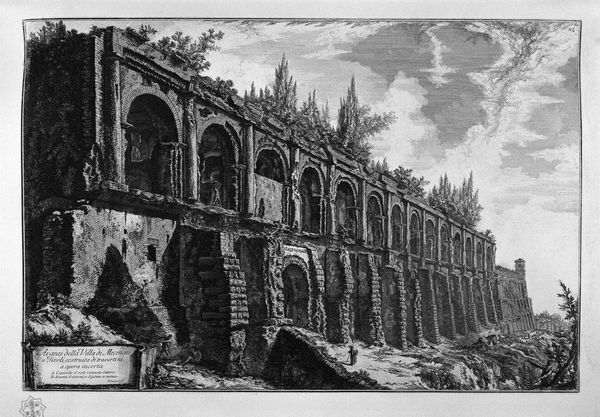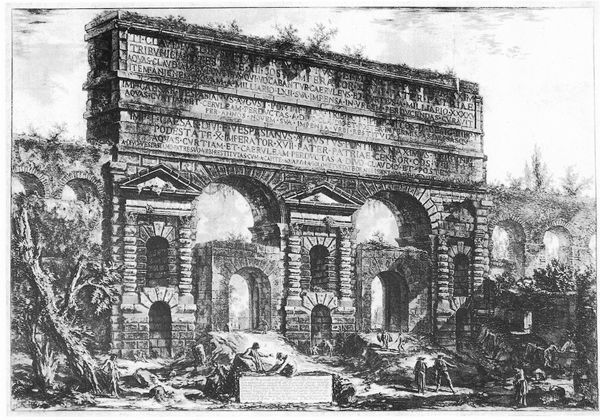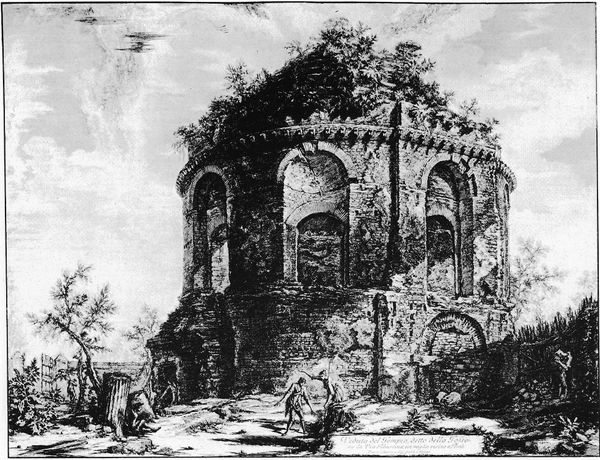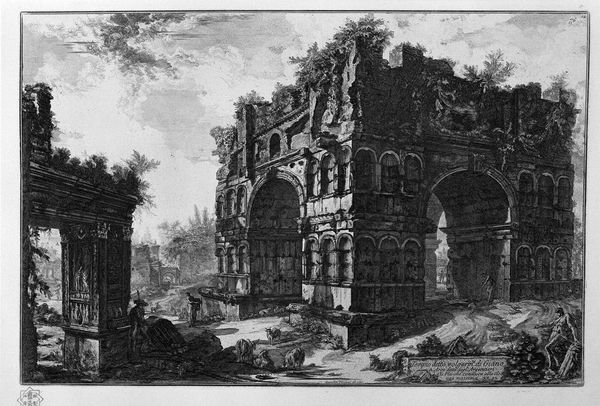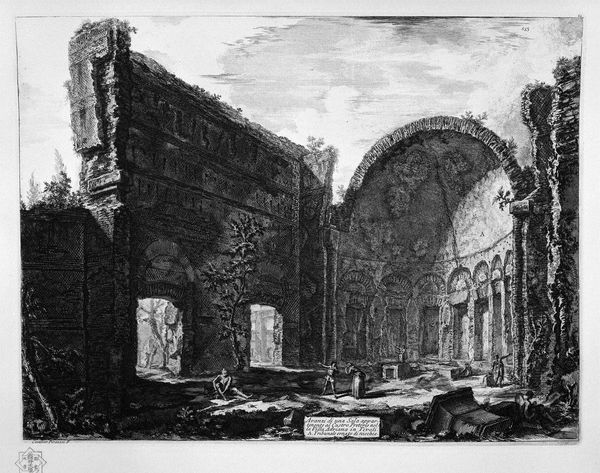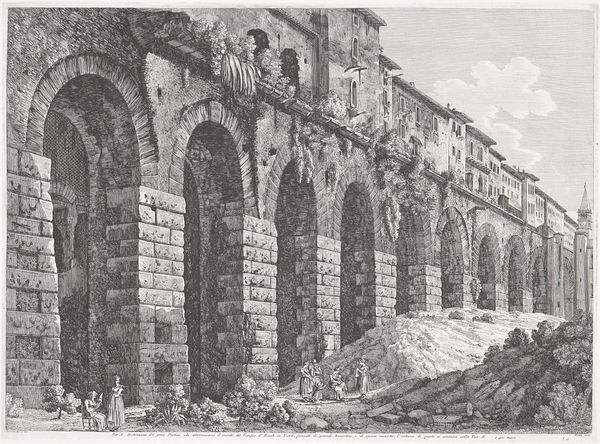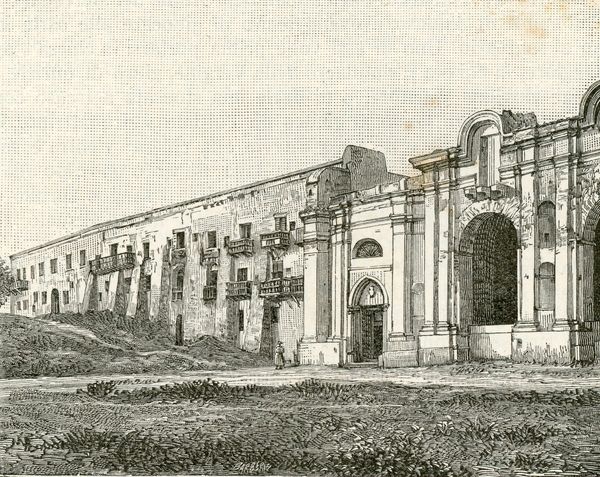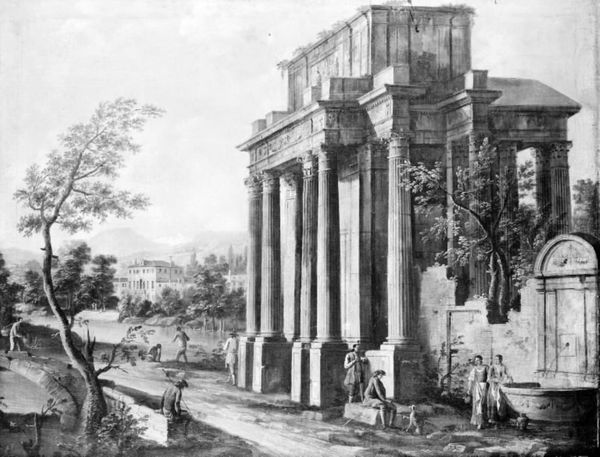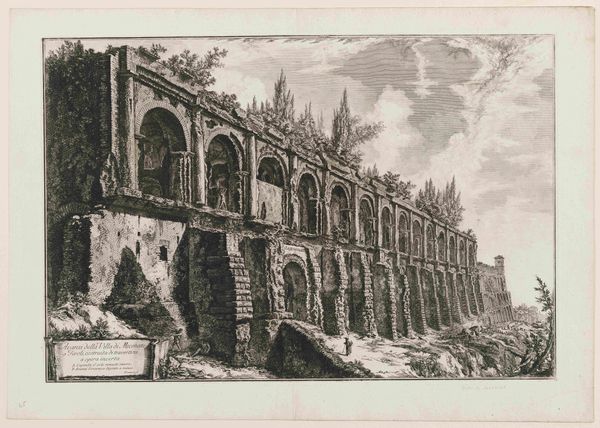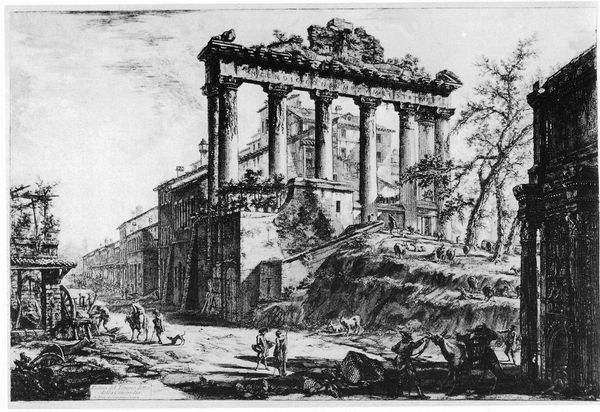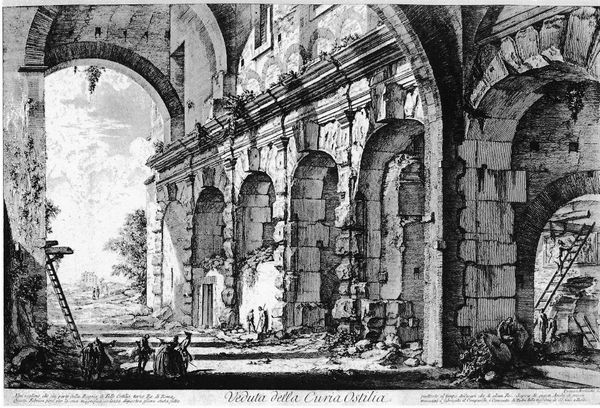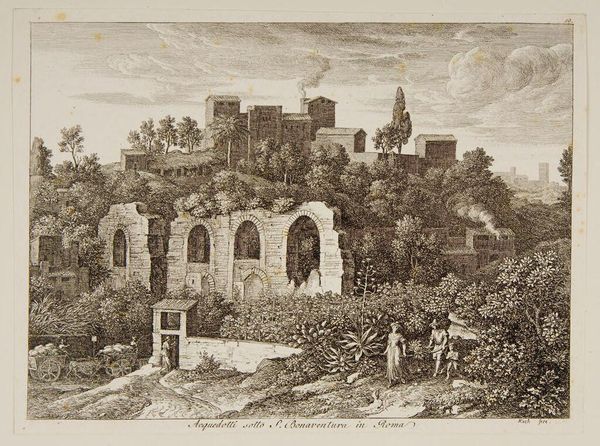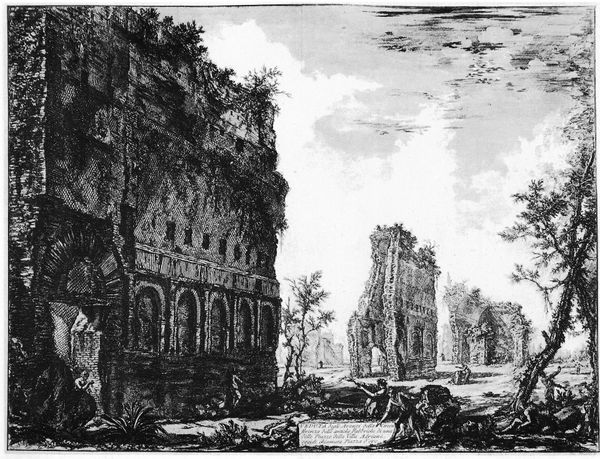
print, etching, engraving, architecture
#
baroque
# print
#
etching
#
cityscape
#
history-painting
#
engraving
#
architecture
Copyright: Public domain
Giovanni Battista Piranesi created the "Vedute di Roma" etchings during a time when Rome was both a site of classical fascination and contemporary decay. Piranesi, trained as an architect, became renowned for his dramatic and detailed views of Rome, reflecting the 18th-century Grand Tour's infatuation with antiquity. But these weren't just postcards. Piranesi's Rome is a stage for reflecting on power, time, and memory. Through his manipulation of scale and perspective, Piranesi presents Rome's ruins as both majestic and melancholic. There’s a palpable tension in his work: the grandeur of the past is juxtaposed with the reality of urban decay, a theme that resonates even more poignantly when considering Piranesi's own position as an outsider – a Venetian in Rome – grappling with the weight of history. "Vedute di Roma" is not just a depiction of architecture; it's an exploration of identity, belonging, and the emotional impact of witnessing the passage of time.
Comments
No comments
Be the first to comment and join the conversation on the ultimate creative platform.
